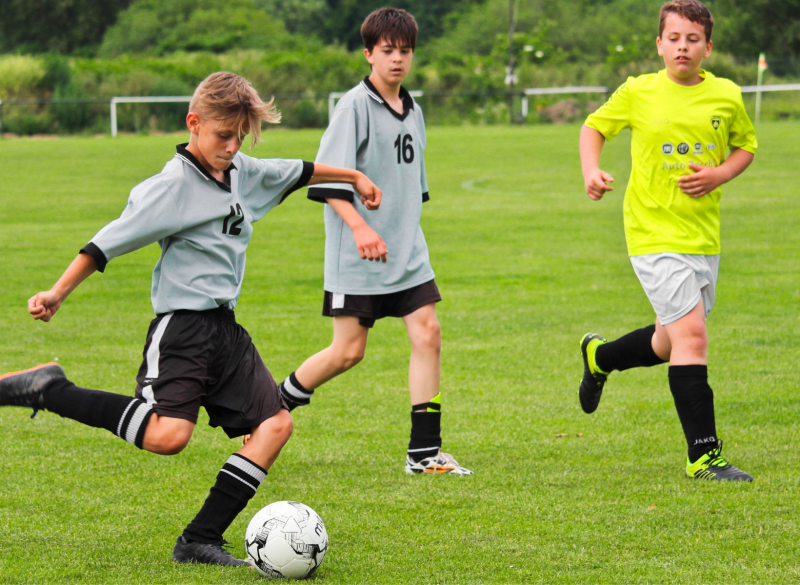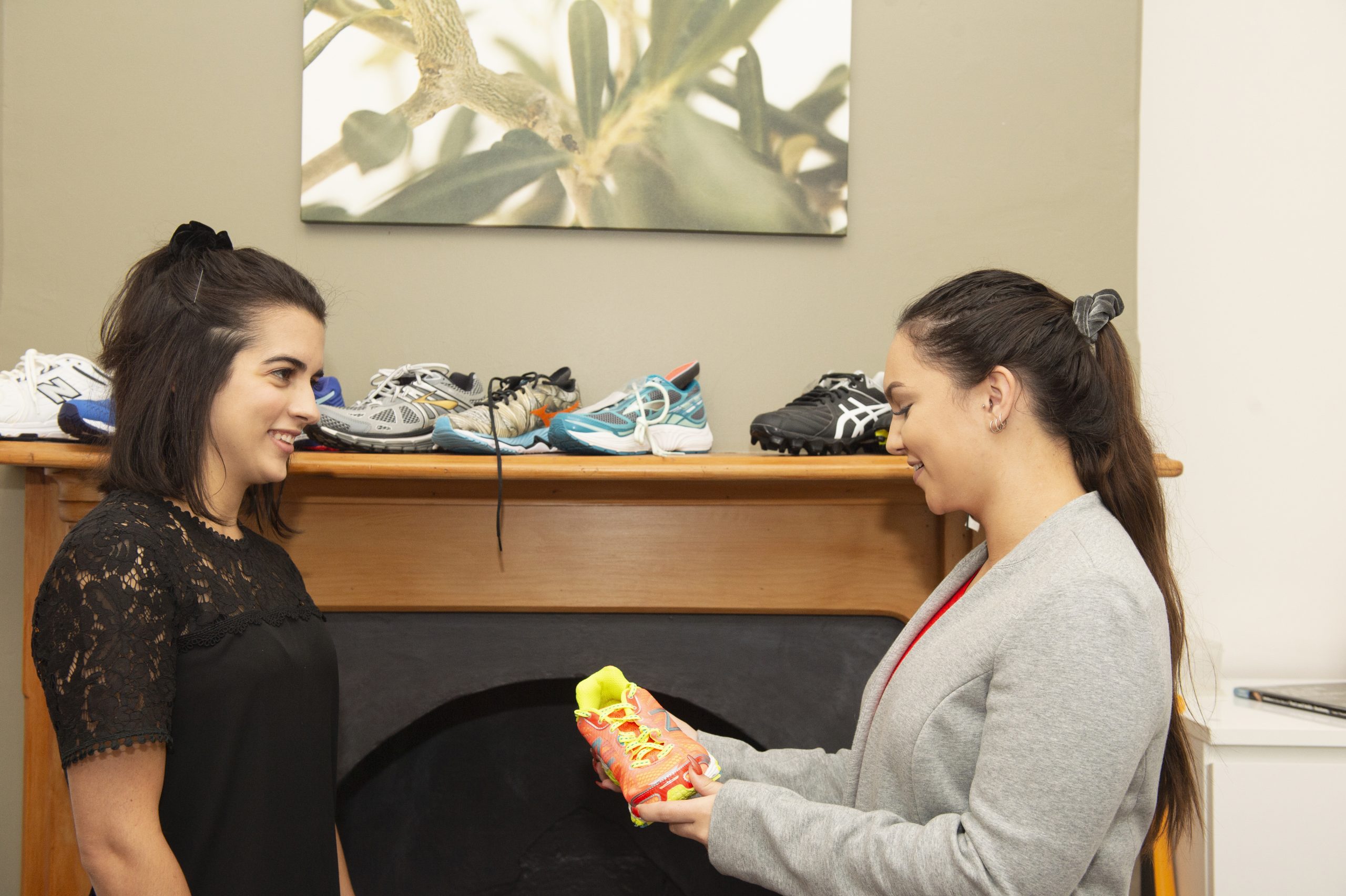Paediatric Podiatrists in Bunbury & Australind
Southwest Foot & Ankle Centre provide paediatric podiatry services in our Bunbury and Australind clinics.
Children’s feet differ from those of adults as they are not yet fully formed. At six months of age, the foot is still mostly cartilage, in fact, the last bone doesn’t begin to form until children are about three years old. By the time they reach eighteen years, most of the bones are fully formed.
Children’s feet are soft and pliable making them prone to damage from abnormal pressure such as poor-fitting shoes. Alternatively, the correction of deformity or poor foot function is easier due to the pliable nature of children’s feet.
For more information about our paediatric podiatrists, contact Southwest Foot and Ankle Centre today on (08) 9791 1319 or book an appointment online!
Children’s Podiatrist
Foot care can begin in infancy by keeping your baby’s feet unconstrained. Grow suits should always be loose around your baby’s feet. Making time for your baby to kick freely will help with the development of the muscles in the legs and feet.
Children generally begin walking between 10 and 24 months of age.
It is important to remember that each child is unique and will move through the developmental stages at their own pace. Each child follows a developmental sequence from lying to sitting, crawling, standing, cruising, walking to running, jumping and hopping. It is also important to understand that difficulties at any one of these stages, such as abnormal crawling or tripping when walking, could indicate other issues such as hypermobility. If you have concerns you should contact your podiatrist.
When your child first begins to walk shoes are not necessary indoors. Allowing babies to go barefoot or wearing good fitting socks, assists with healthy development of the foot and promotes the use of the intrinsic muscles of the foot.


Common Issues For Children’s Foot Health
Sometimes children walk with their feet pointed inward (in-toeing) or outward (out-toeing) depending on where they are along the developmental pathway. Generally speaking, prior to the age of 2 children will in-toe and from the ages of 3 to 7 years of age will out toe slightly. In most cases, these variations in walking are normal. However, if these patterns persist, or you have concerns, you should take your child to a podiatrist.
A child walking on their toes more often than not (toe-walking) is not a normal development and should be seen by a podiatrist.
Arch development is also an individual thing and is often genetic. This normally stabilises by the age of six or seven years of age and does not always indicate that a child will have problems with their feet.
Problems with skin and nails on your children’s feet may occur from time to time. Some conditions (ingrown toe nails, athlete’s foot and warts) require treatment from a podiatrist, while others may be helped by changes in hygiene or shoes.
An appointment with a paediatric podiatrist is recommended if:
• You notice uneven shoe wear
• You notice any skin rashes, hard skin, lumps or bumps on your children’s feet
• Your child complains of recurrent pain in the feet and/or legs
• Your child is constantly tripping or falling
• Or you have any concerns at all about your children’s feet
Children’s Heel Pain
Heel pain can occur in growing children, usually between the ages of 8 and 13, especially as they increase their participation in sporting activities. In most cases this is a condition known as Sever’s Disease.
Heel pain that limits activity or is present all the time should be checked by a podiatrist. The podiatrist will be able to determine whether or not the heel pain is related to the developmental process and give advice about ways to alleviate symptoms.

Fitting Footwear

A child’s foot will double in size by age one and they are generally half their adult length by 18 months of age. Between the ages of 5 and 12 years growth is approximately 9mm per year, with adult foot size approximated between twelve to fourteen years of age in females and fifteen to eighteen years of age in males.
Frequent changes in the size of shoes and socks are necessary to make room for rapidly growing feet during childhood. Do a size-check every one to three months up to the age of three, every four months up to five and every six months from five years.
It is important that shoes are fitted by a specialist in children’s footwear to avoid injury and discomfort.
• Always have both feet measured for length and width
• The shoe should fit the natural shape of the foot especially around the toes
• The toe-box of the shoe should allow the toes to move freely and not be squashed from the top or the sides. Make sure there is 10mm growing room from the end of the shoe to the longest toe
• Shoes should fit comfortably around the heel and not be too tight or too loose
Southwest Foot & Ankle Centre is a podiatry clinic based in Bunbury and Australind that services all of the southwest region and WA.
Have a question? Contact Southwest Foot and Ankle Centre today on (08) 9791 1319 or book an appointment online!




